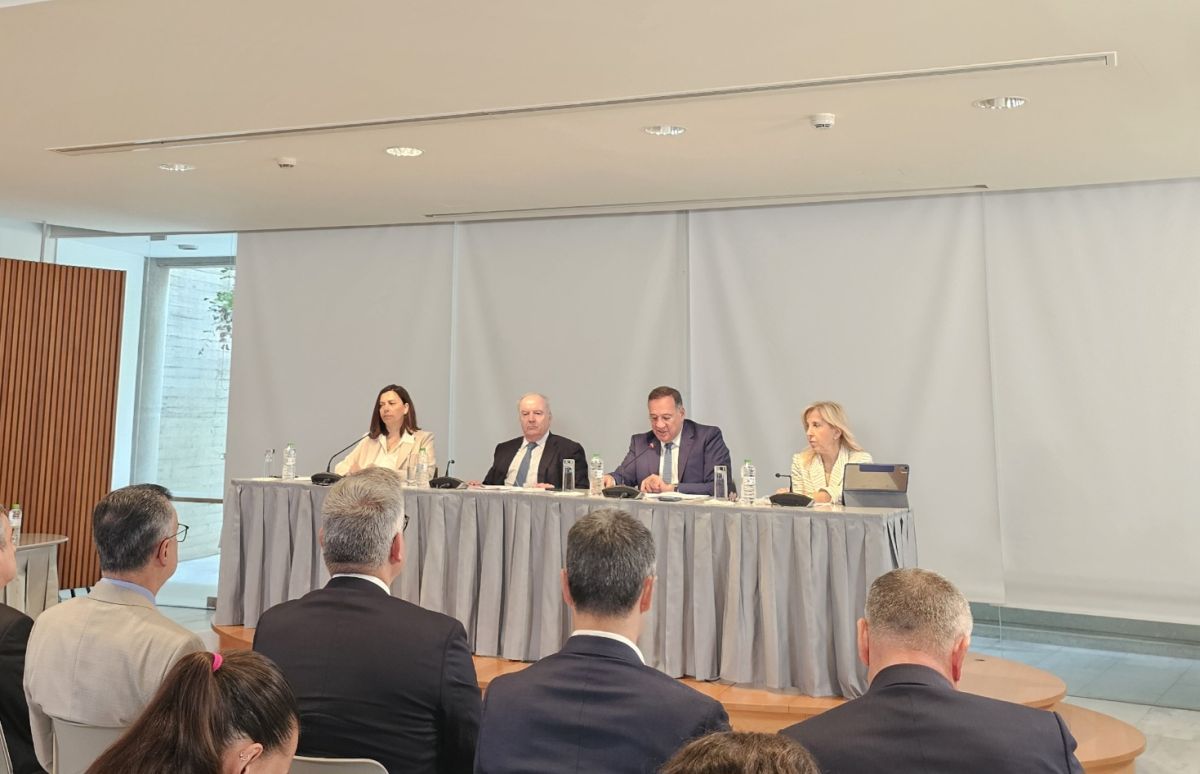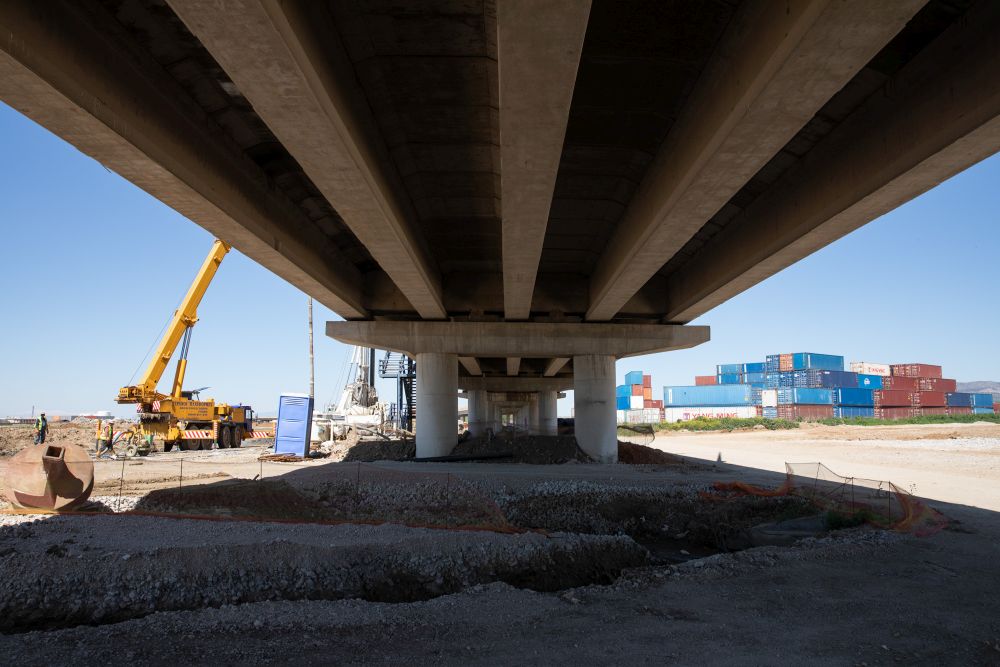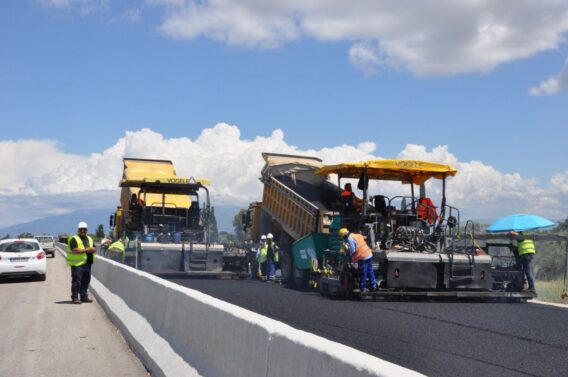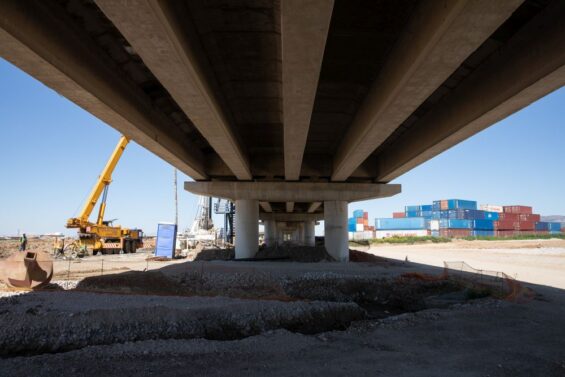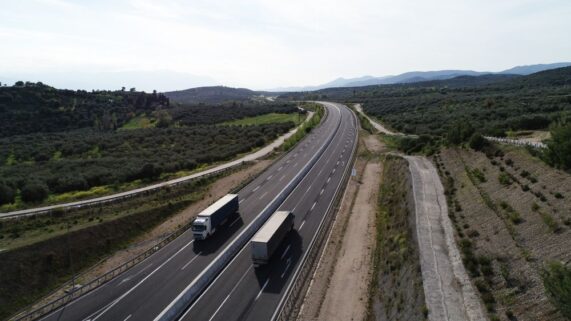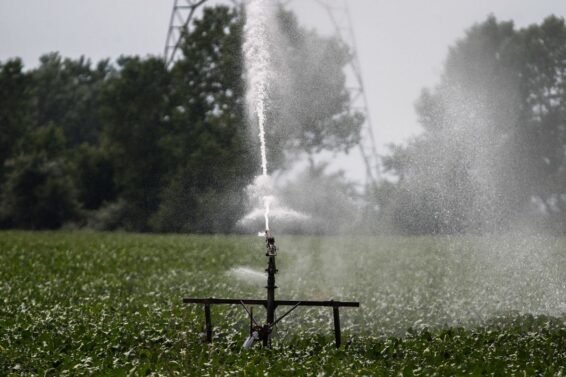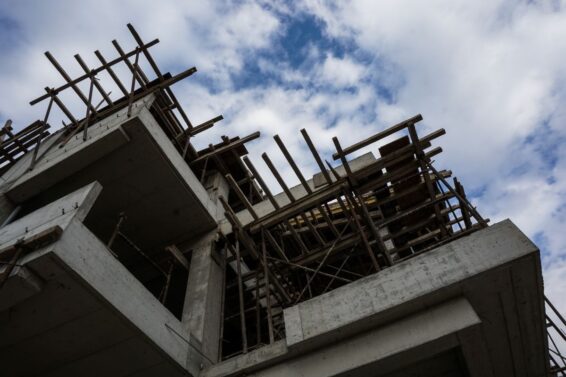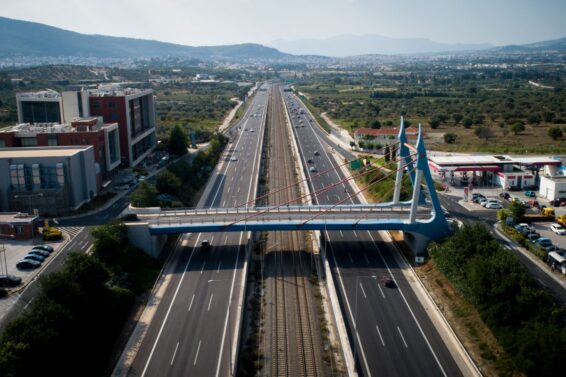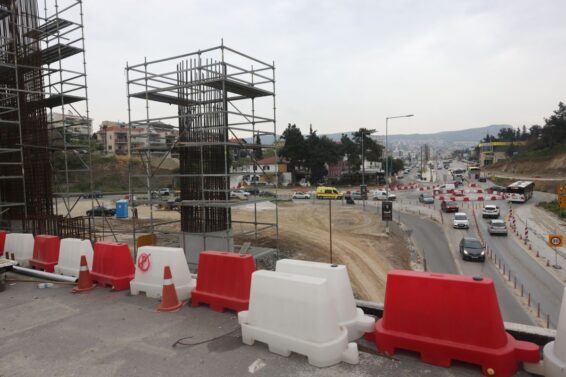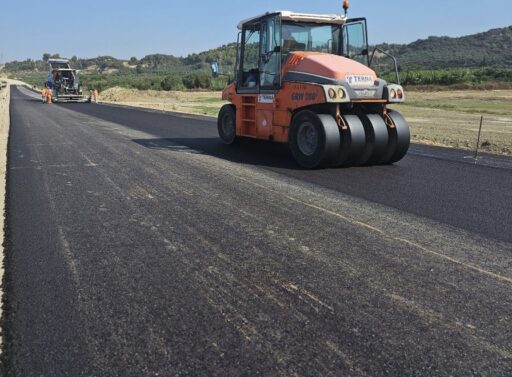New York City Transit (NYCT) president Mr Andy Byford unveiled plans for the modernisation of the city’s bus and subway networks on May 23, bringing forward major improvements to signalling and stations.
Fast Forward: The Plan to Modernise NYCT focuses on four key priorities identified by Byford in his first day in office with NYCT: transforming the subway, reimagining the bus network, improving accessibility for all modes, and engaging more closely with the workforce to deliver better service.
“What is needed isn’t mere tinkering, a few tweaks here and there,” Byford says. “What must happen is sustained investment on a massive scale if we are to deliver New Yorkers the service they deserve and the transit system this city and state need.”
The plan envisages a three-fold acceleration of the CBTC programme to deliver capacity benefits in a shorter timescale. In the first five years of the plan, CBTC will be rolled out on five lines, alongside modernised interlockings and power supply enhancements where required. This will benefit 3 million passengers a day on lines A, C, E, 4, 5, 6, F, M, R and G. More than 1200 subway cars will be equipped with CBTC in the first five years of the plan and 650 new vehicles will be added to the fleet.
State-of-good-repair work will be carried out at more than 150 stations and accessibility will be improved at 50 stations, ensuring passengers are never more than two stops from an accessible station.
Within 5-10 years, NYCT plans to extend CBTC to a further six lines serving around five million passengers a day on lines 1, 2, 3, B, D, F, M, C, N, R, Q and W. More than 3000 new subway cars will be delivered, and all rolling stock will be equipped with CBTC by the end of the 10-year plan period.
State-of-good repair work will be carried out at a further 150 stations. NYCT plans to make 130 stations accessible in the second five year phase of investment with the balance of all possible stations being upgraded by 2034.
“To continue to allow New York City to attract business and talent, maintain its economic vitality, and support the regional economy, we must increase capacity and improve reliability,” the plan states. “We propose doing in 10 years what was previously scheduled to take more than 40, with major progress in the first five years. This means lines that are currently capacity constrained will be able to carry more people, more smoothly and reliably.”
In addition to rolling stock and infrastructure improvements, a new station management model will be introduced by the end of this year and a new fare payment system will be rolled out by 2020.
Source: railjournal.com
ΜΗΝ ΞΕΧΑΣΕΤΕ
- Ακολουθήστε το ypodomes.com στο Google News και μάθετε πρώτοι όλες τις ειδήσεις για τις υποδομές στην Ελλάδα
- Αν είστε επαγγελματίας του κλάδου, ακολουθήστε μας στο LinkedIn
- Εγγραφείτε στο Ypodomes Web TV

